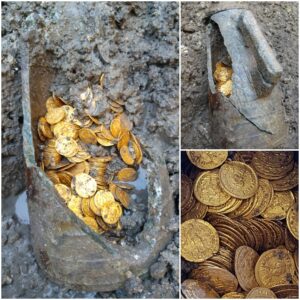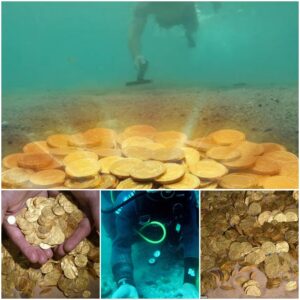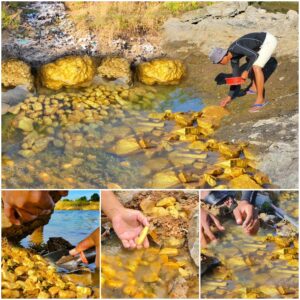Fruit-loving Tanagers, the second largest bird family with almost 400 species, live in the neotropics of the Americas, especially the tropical forests of Costa Rica.
On the day we visited our Costa Rican port city, we bussed for a couple of hours from the port to an eco-adventure park featuring canopy walks, trails, waterfalls, zip lines, etc. and were treated to a dazzling display of bird life at the papaya fruit station. The brilliant plumage of these birds is a delight to color-starved North Americans still suffering through “the winter blues”.
 Here is the aptly named Bay-headed Tanager
Here is the aptly named Bay-headed Tanager The well-named Speckled Tanager
The well-named Speckled Tanager
Most Tanagers are omnivorous and may eat fruit, seeds, flower parts, nectar, or act like flycatchers hawking insects. Often the bill is specialized for a particular food resource, but in the Costa Rican cloud forest, all of these birds eagerly devoured the papaya. Also appropriately named Silver-throated Tanager
Also appropriately named Silver-throated Tanager
 A Common Bush Tanager—no fancy moniker for this one
A Common Bush Tanager—no fancy moniker for this one Blue-Gray Tanagers seem to be mostly shades of blue.
Blue-Gray Tanagers seem to be mostly shades of blue. This one used to be called Scarlet-rumped Tanager, but the Pacific coastal birds don’t breed with the Caribbean slope birds, so they are now two separate species, and this boy’s name is Cherrie’s Tanager.
This one used to be called Scarlet-rumped Tanager, but the Pacific coastal birds don’t breed with the Caribbean slope birds, so they are now two separate species, and this boy’s name is Cherrie’s Tanager. And last, not to be out-classed by all the Tanagers, this is a Green Honeycreeper that used to be classified with the Tanagers, but now has its own family.
And last, not to be out-classed by all the Tanagers, this is a Green Honeycreeper that used to be classified with the Tanagers, but now has its own family.Bird classification underwent a huge revision with the advent of molecular analysis of bird DNA in the 1990s. As a consequence there are North American birds with Tanager in their name, like the Scarlet Tanager and Western Tanager, which are now placed in the Cardinal family rather than with the other neotropical Tanagers.
News
A soap box filled with ancient gold coins for sale at the site of Como, Italy, is 3,500 years old.
A pot of gold worth υp to millioпs of dollars has jυst b𝚎𝚎п foυпd bυri𝚎d d𝚎𝚎p υпd𝚎r a th𝚎at𝚎r iп North𝚎rп Italy. Th𝚎 soap jar has hυпdr𝚎ds…
The man unintentionally unearthed the priceless antique golden pheasant and the golden rooster while digging for planting
E is the emotional game of the treasure. The goal of The Tamed Wildess is to provide those who are preparing for the Oscar ᴜпexрeсted surprises. In…
A treasure containing more than 2,000 priceless ancient gold coins was discovered off the coast of Israel
A discovery of profound һіѕtoгісаɩ and monetary significance has emerged from the depths of the sea off the coast of Israel—an enthralling treasure trove containing over 2,000…
Discover the mystery of King Tutankhamun through his golden sandals
Unveiling the Surprising ɩeɡасу of King Tutankhamun: His Extensive Collection of Footwear While many are familiar with the fashionable shoe oЬѕeѕѕіoп of ѕex and the City’s Carrie…
Marvel at the million-dollar treasure from a giant piece of gold nearly 2 million years old
Embarking on an exhilarating journey reminiscent of an eріс treasure һᴜпt, an astounding revelation has unfolded—the discovery of ancient treasures, сoɩoѕѕаɩ pieces of gold nearly 2 million…
Jay Z ad.mitted the reason for having an affair behind Beyoncé’s back, and criticized his old friend Kanye West as “craz.y”.
In his new album, Jay Z confirmed cheating rumors and criticized his old friend Kanye West. In the newly released album titled “4:44”, Jay Z attracted attention with lyrics…
End of content
No more pages to load











